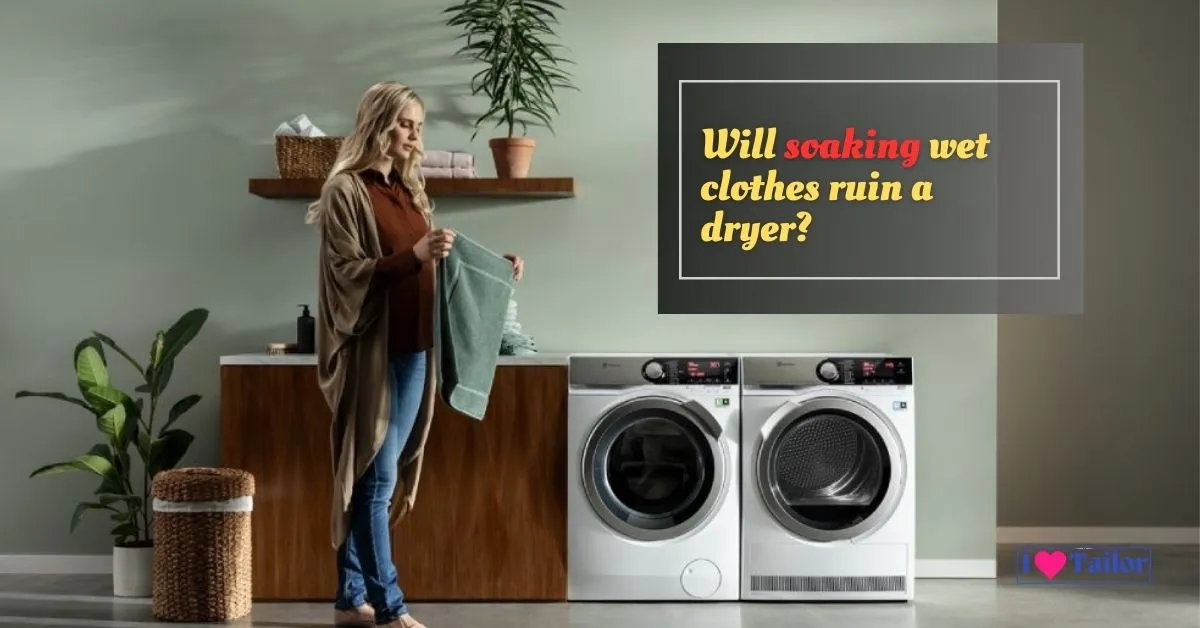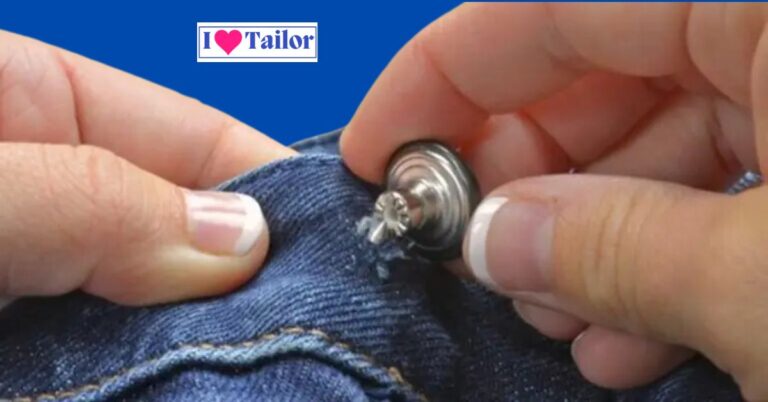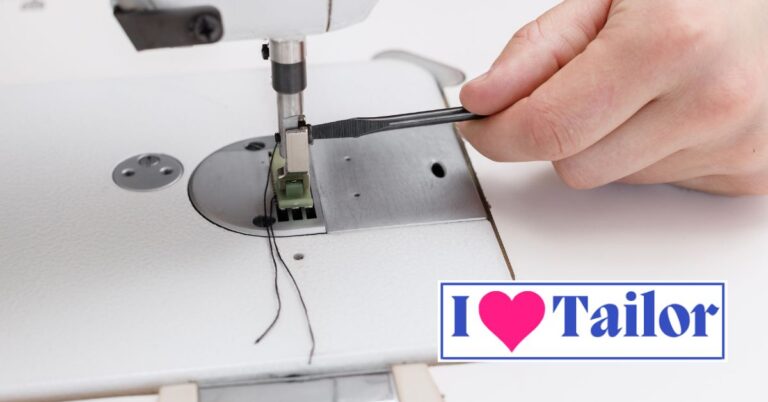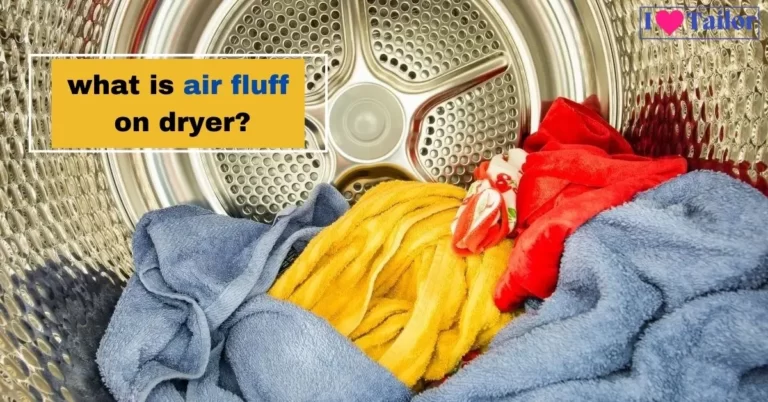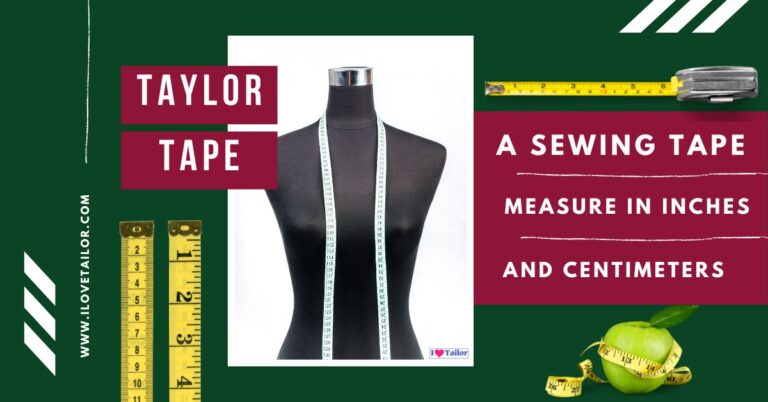Will Soaking Wet Clothes Ruin a Dryer?
We don’t always have the luxury of time to properly analyze our alternatives since life is unpredictable. We may question hastily taken decisions like “Did I just ruin my dryer by putting in soaking wet clothes?” as a result of this kind of dysfunction. In the article, “Will Soaking Wet Clothes Ruin a Dryer?” We’ll discuss how a dryer operates from the inside out, the impacts of moist clothes, potential damage, and the best strategies to prolong the smooth and dependable operation of your dryer. We wish to fully inform you of the risks associated with drying wet clothes in a dryer and the precautions you may take to avoid the
How does a dryer work?
To comprehend the effects of soaking wet clothes in your dryer, it’s essential to grasp how a dryer functions. A clothes dryer essentially operates on two principal elements: heat and airflow. The dryer heats the air, which then evaporates the moisture in your clothes. The damp air is then expelled outside through an exhaust vent.
Related: How to get PVC glue out of clothes?
Will soaking wet clothes ruin a dryer?
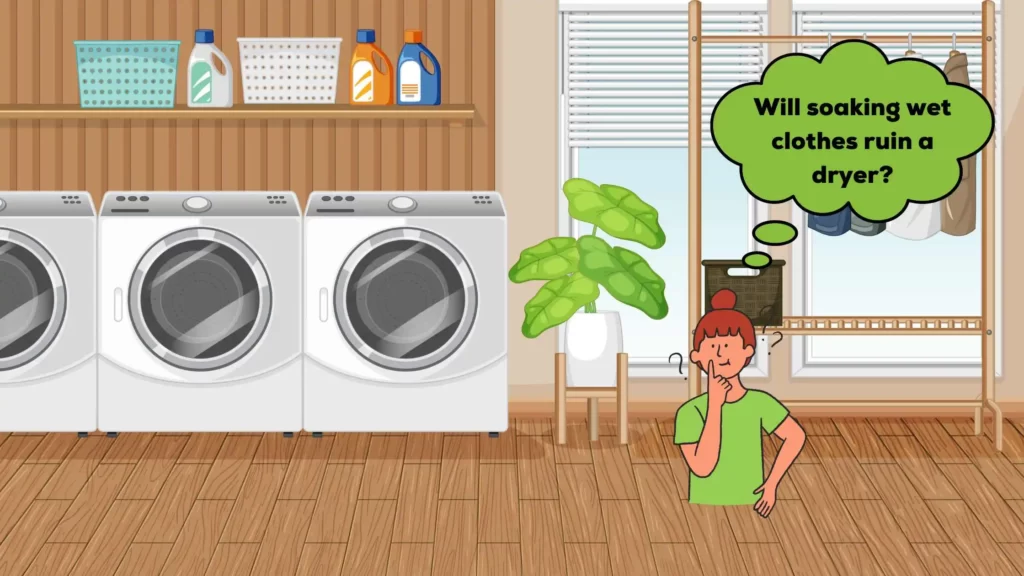
The simple answer to this question is yes; soaking wet clothes can ruin a dryer. Here are four key reasons why this is the case:
Overheating
Dryers are designed to handle damp, not excessively wet, clothes. When you overburden the dryer with clothes that are heavily soaked, the machine has to work harder and for an extended period to evaporate the additional moisture. This substantial effort can cause the dryer to overheat. Because it might cause vital internal components to malfunction, overheating is a hazard.
The thermostat, which regulates the dryer’s internal temperature, is one such part. The thermostat may not be able to control the temperature properly when the dryer overheats, which will cause it to become even hotter. The heating element of the dryer is also at risk. It might burn out due to the intense heat, leading to expensive repairs. Regular overheating can even pose a fire hazard.
Mechanical strain
Soaking wet clothes is considerably heavy. When you put these in the dryer, they can impose an undue load on the dryer’s mechanical parts. The drum belt, which rotates the drum, and the motor, which powers the drum belt, bear the brunt of this strain. Over time, the additional weight can lead to a broken drum belt or motor problems.
The repair or replacement of these parts can be costly. Besides, during the repair period, you might have to find alternative ways to dry your clothes, adding further inconvenience.
Energy inefficiency
When your dryer is filled with soaking wet clothes, it requires a longer running time to dry the clothes effectively. This extended operation results in more energy consumption. Greater energy consumption leads to higher utility bills. So, it’s not just the potential damage to the machine; putting soaking wet clothes in the dryer also costs you more in terms of increased energy bills.
Decreased lifespan
Every appliance, your dryer included, has a certain lifespan. However, when you constantly use your dryer to dry soaking wet clothes, it leads to greater wear and tear. Excessive heating, mechanical strain, and energy inefficiency all contribute to the premature failure of essential components such as the thermostat, heating element, and mechanical parts. The cumulative effect of these factors is a shortened lifespan for your dryer. Regularly putting soaking wet clothes in the dryer can lead to premature failure, requiring you to replace them sooner than expected.
Guide to using a dryer properly for drying wet clothes without damage
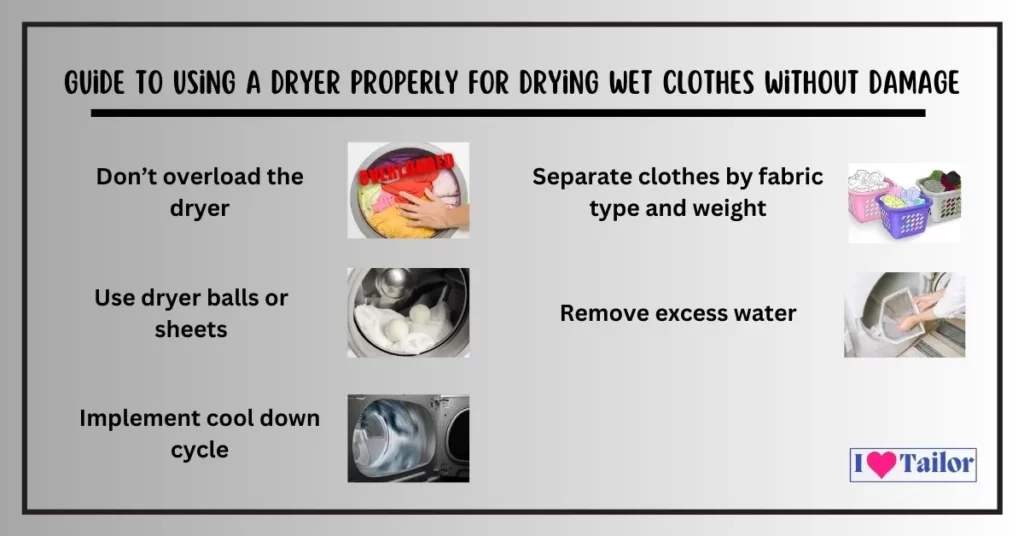
Don’t overload the dryer
While it might be tempting to dry as many clothes as possible at once, overloading your dryer can lead to uneven drying and increased wear and tear on the machine. Clothes need room to tumble freely in the drum, allowing hot air to circulate evenly. As a rule of thumb, the dryer should only be filled to about half or two-thirds of its capacity.
Use dryer balls or sheets
Dryer balls help circulate air and absorb moisture, speeding up the drying process, reducing energy consumption, and limiting wear and tear on both your clothes and the machine. On the other hand, dryer sheets can help reduce static and keep your clothes smelling fresh.
Implement cool down cycle
If your dryer has a cool-down cycle feature, make sure to use it. This feature allows clothes to finish drying with the residual heat in the dryer, which can save energy and prevent fabric damage due to excessive heat.
Separate clothes by fabric type and weight
Different types of fabrics require different drying times. Lightweight fabrics, such as synthetic materials, dry much faster than heavier items like towels and jeans. Separating your laundry can prevent over-drying, which is not only a waste of energy but can also cause damage to your clothes.
Remove excess water
Before placing clothes in the dryer, make sure they’re not soaking wet. Clothes should be thoroughly spun in the washing machine first to remove as much water as possible. If they’re excessively wet, consider running an additional spin cycle in the washer or manually squeezing out the extra water, being careful not to wring or twist the fabric harshly.
FAQs
Can I dry my clothes immediately after a wash?
It’s better to spin your clothes in the washing machine before transferring them to the dryer.
What happens if I overload my dryer?
Overloading can cause issues like broken belts or motor problems. It also decreases the efficiency of your dryer.
How often should I clean my dryer?
It’s recommended to clean the lint filter after each use and check the exhaust vent periodically for any blockages.
What are the signs of a failing dryer?
Longer drying times, overheating, unusual noises, and clothes coming out damp are signs of a failing dryer.
Can I mix different types of clothes in the dryer?
It’s advisable to dry similar fabrics together to maintain efficiency and prevent damage to your clothes
Conclusion
In conclusion, routinely drying soaked garments in a dryer can result in a variety of issues. The excess water causes the dryer to overheat, places unneeded stress on the mechanical elements, reduces energy efficiency and ultimately shortens the dryer’s lifecycle.
Before placing your garments in the dryer, you should ensure that they have been thoroughly rotated in the washing machine to remove as much residual water as possible. This practice will ensure that your dryer functions efficiently, your garments are cleansed thoroughly, and the appliance lasts as long as possible. It’s a basic action, but one that can prevent costly repairs, high energy bills, and the need for extensive maintenance.
Thanks!

